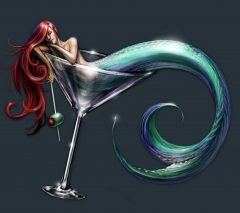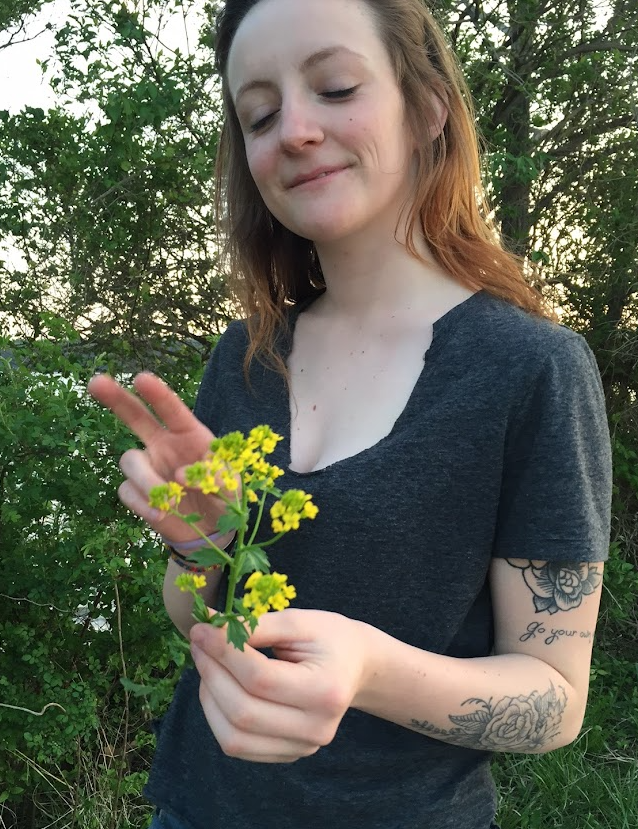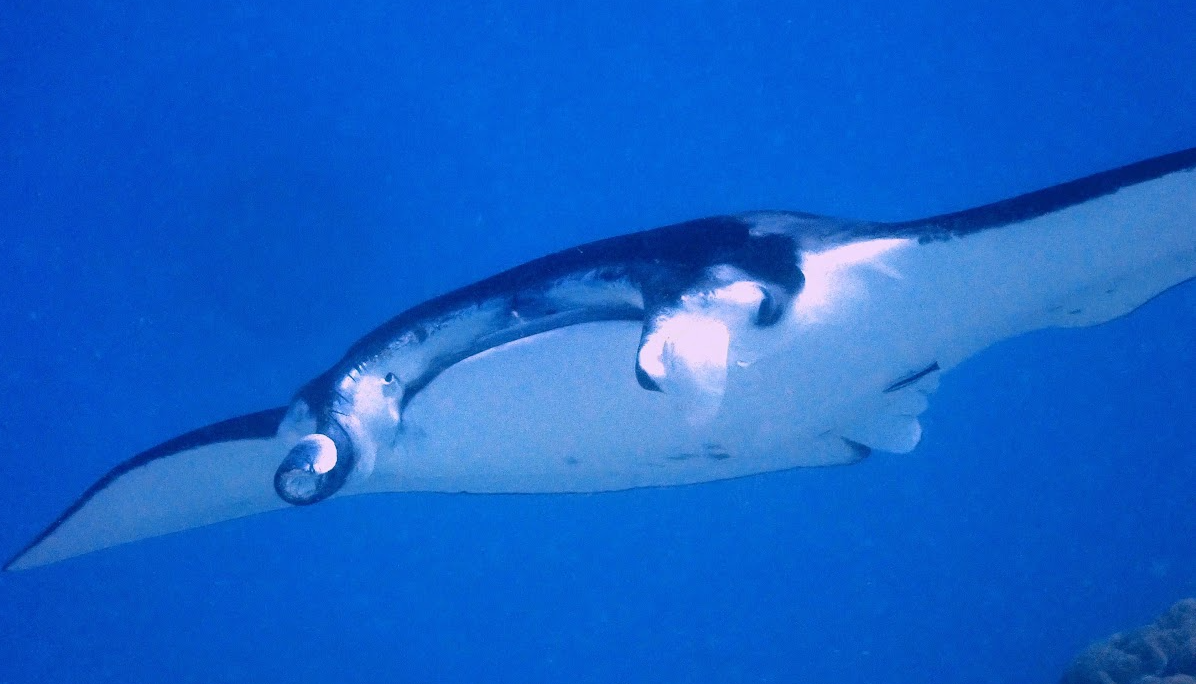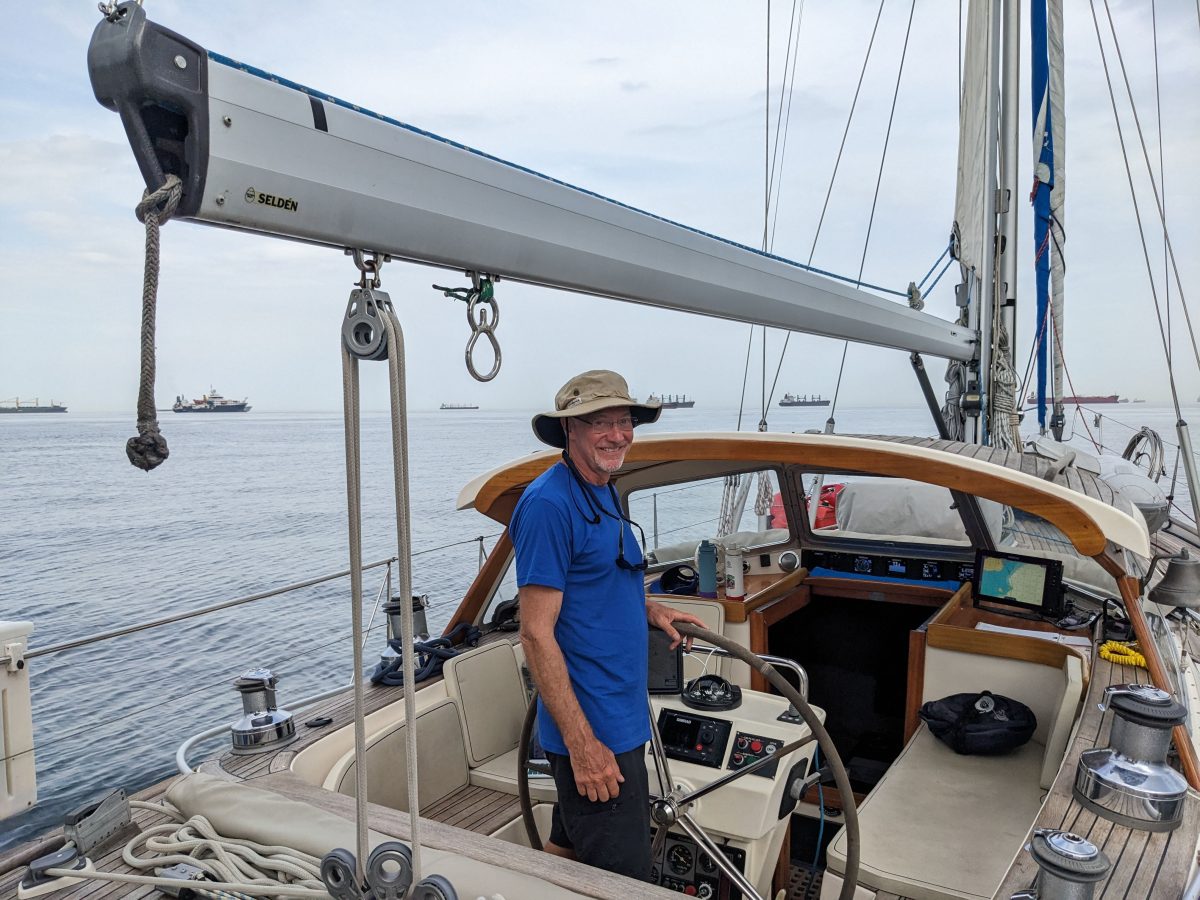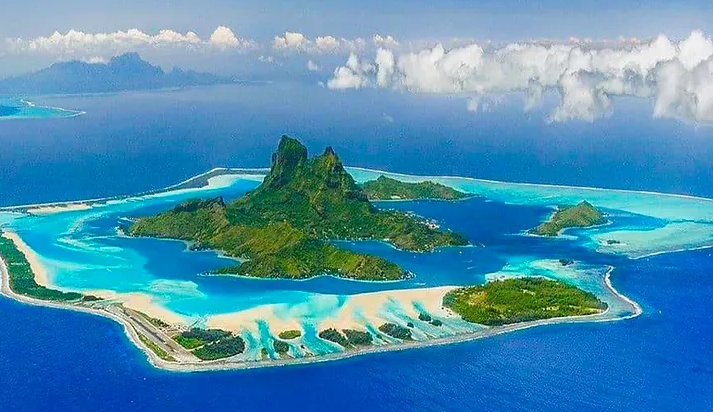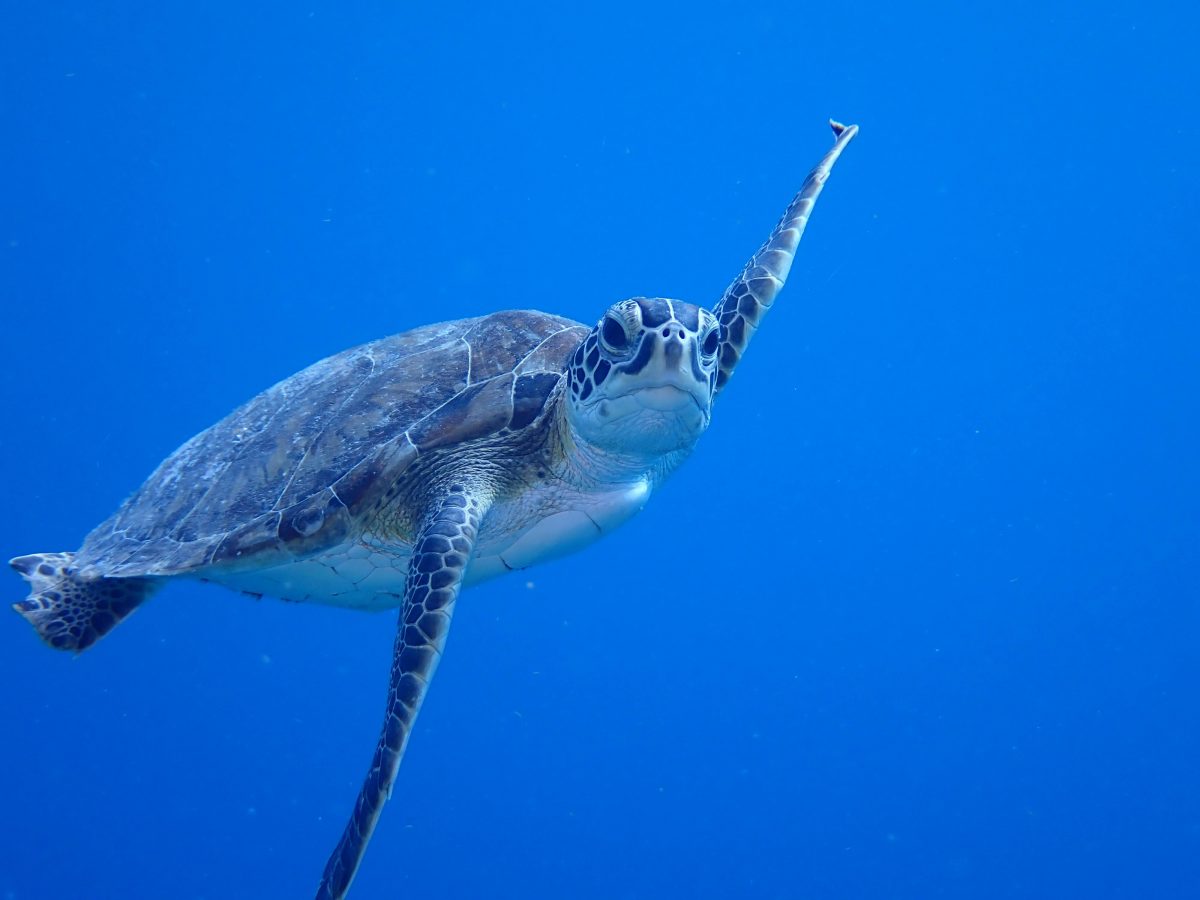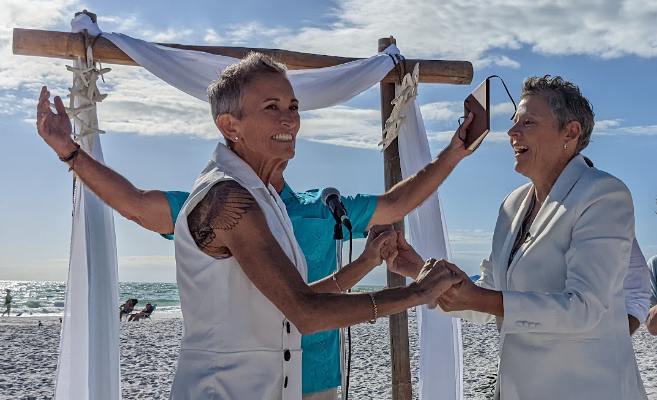After all the travel we did last year, 2024 was supposed to be “The Year We Stay Home”. But then, last December, we learned that one of our dearest friends, Steve, wanted to celebrate his 60th birthday with a trip to Costa Rica, so he could get some surf lessons, and they wanted us to come along. After much deliberation (seriously- it might have been 2 whole seconds!), we said we wouldn’t miss it. We just returned from that trip, and it was definitely worthy of a blog post!
Continue reading “Steve’s Surfin’ Safari to Costa Rica”Blog posts
Tahiti (Nui and Iti)
This is the eighth and final in a series of posts, each one about an island we visited on our grand tour of French Polynesia. (The first post was about Mo’orea, the second was about Rangiroa, the third was about Fakarava, the fourth was about Hiva Oa, the fifth was about Nuku Hiva and also included a “status check” on the trip so far, the sixth was about Raiatea and Taha’a, and the seventh was about Maupiti.)
Continue reading “Tahiti (Nui and Iti)”Flowers for Maddie
Fran and I are in the final few days of a trip of a lifetime – we spent two weeks in the Galapagos Islands, followed by nine weeks on eight islands in French Polynesia. The longer the trip has gone on, the more I find myself thinking of Maddie. If you don’t know, Maddie was my daughter, who died in 2017 at the tender age of 22. You can read about that here if you like. In that post, I wrote “One of these days, when the feelings aren’t so raw, I may write more about Maddie…”, and today, finally, is that day.
Continue reading “Flowers for Maddie”Maupiti
This is the seventh in a series of posts, each one about an island we’re visiting while on our grand tour of French Polynesia. (The first post was about Mo’orea, the second was about Rangiroa, the third was about Fakarava, the fourth was about Hiva Oa, the fifth was about Nuku Hiva and also included a “status check” on the trip so far, and the sixth was about Raiatea and Taha’a.)
Maupiti is the farthest west of all the inhabited islands of French Polynesia, although not by much. It sits just 35 miles west of its far more famous sister island, Bora Bora, and 195 miles WNW of the main island of Tahiti. (To put that into perspective, Nuku Hiva, the island we visited a few weeks ago, is 860 miles from Tahiti.)
Continue reading “Maupiti”Raiatea and Taha’a
This is the sixth in a series of posts, each one about an island we’re visiting while on our grand tour of French Polynesia. (The first post was about Mo’orea, the second was about Rangiroa, the third was about Fakarava, the fourth was about Hiva Oa, and the fifth was about Nuku Hiva and also included a “status check” on the trip so far.)
We’re back in the Society Islands, the group of islands in French Polynesia that includes the two most famous ones, Tahiti and Bora Bora. (We actually spent the night last night on Bora Bora: it was our ferry stop between Raiatea and Maupiti, which is where we are now. We had an expensive dinner on the waterfront – we were so close to the water I thought our waiter might fall into the lagoon – but that’s all the time we’re spending on Bora Bora. Too touristy and too expensive!) Raiatea and Taha’a are interesting because they share a large lagoon (defined by a fringe reef). In the photo below, the turquoise “border” is the fringe reef, and the dark blue between the green and the turquoise is the deep water in the lagoon. At one point on our boat tour around Taha’a, we went from 18 feet deep to 180 feet deep in about 3 seconds, as we left the turquoise and passed into the dark blue.
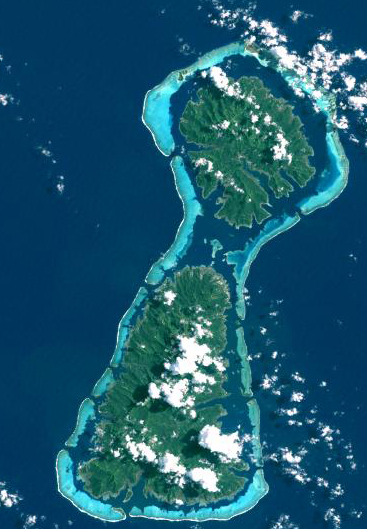
French Polynesia Status Check (and Nuku Hiva)
This is the fifth in a series of posts, each one about an island we’re visiting while on our grand tour of French Polynesia. (The first post was about Mo’orea, the second was about Rangiroa, the third was about Fakarava, and the fourth was about Hiva Oa.)
We’re on Nuku Hiva, in the very middle of our nine weeks here in French Polynesia, which seems like a good time to take stock of the trip so far. I have to admit I have mixed feelings about French Polynesia. I’m writing this post at 7:40 p.m. while sitting on the bed in our room in Loic* and Chantal’s* house. I’m sitting on the bed because there is nowhere else to sit in the room, or for that matter, in the part of the house that we’re staying in, and I’m doing it at 7:40 p.m. because there is nothing else to do, and nowhere else to go. Even if there were something to do in the village of Taiohae, it would be a 30 minute walk down a pitch-black road to get there.
Continue reading “French Polynesia Status Check (and Nuku Hiva)”Hiva Oa
This is the fourth in a series of posts, each one about an island we’re visiting while on our grand tour of French Polynesia. (The first post was about Mo’orea, the second was about Rangiroa, and the third was about Fakarava.)
Continue reading “Hiva Oa”Fakarava
This is the third in a series of posts, each one about an island we’re visiting while on our grand tour of French Polynesia. (The first post was about Mo’orea, the second was about Rangiroa.)
Continue reading “Fakarava”Rangiroa
This is the second in a series of posts, each one about an island we’re visiting while on our grand tour of French Polynesia. (The first post was about Mo’orea.)
Rangiroa is an atoll in the Tuamotu Archipelago, which is the middle, and largest, group of islands in French Polynesia. In the map below, it’s to the right of the “S” in “SOCIETY” and a little to the left of, and below, the “T” in “TUAMOTU”. While Mo’orea doesn’t have a whole lot of options for things to do, I think it’s safe to say that Rangiroa is even sleepier. It’s the largest atoll in French Polynesia and the second largest in the world – about 46 miles from end-to-end inside the lagoon. But the motus (islands) that make up the big oval around the lagoon are very narrow, very flat, and many of them are quite rocky (ancient coral reef), so not a lot grows on them. Except coconuts.
Continue reading “Rangiroa”Mo’orea
This is the first of what will hopefully be a series of seven posts, each one about one of the islands we’re visiting in French Polynesia.
After Galapagos, we spent a few days in Quito, Ecuador, which was unexpected. (Because we thought we’d be leaving Galapagos on a sailboat bound for French Polynesia – which we did not do.) Quito is a city of over 3 million people, and is at an elevation of about 9,000 feet, both of which came as a big surprise to us. 9,000 feet – even at the equator – can get pretty chilly! Fortunately for us, it was in the 60’s during both days we were there, because we had packed for French Polynesia – short pants and t-shirts! We enjoyed Quito, in large part because we spent the first of our two days there exploring it with Beth and Pat, who faithful readers will remember from the Galapagos post. But I’m not going to write any more about it. If you want to know more about Quito, GTS! (That’s what Fran’s sister Ingrid says to her teenagers when they ask her almost anything – “GTS! Google That Sh**!”.)
Continue reading “Mo’orea”Galapagos!
Our transpacificus interruptus left us in the Galapagos Islands, but before Sail Fail, we had already planned to be there a while, and had booked a weeklong cruise on the Aida Maria to see the wonders of the archipelego.
Continue reading “Galapagos!”Sail Fail
I’ll cut to the chase: Smartini (a.k.a. Fran and Butch/Brian) are not cut out to be sailors, and after 7 days and nights sailing from Panama to the Galapagos Islands, we have opted out of the sail from Galapagos to French Polynesia. We’re still going to FP, but we’ll be flying, not sailing. If you want to know why, read on!
Continue reading “Sail Fail”Smartini Goes Sailing
You know that the boat we lived on for five years (called Smartini – what else?) was NOT a sailboat. It was a trawler, a slow, comfortable, motor boat. Neither of us had any sailing knowledge when we decided to buy a boat, so we went the easy route – buy a motor boat. But the majority of people we met and became friends with during our crusing years were on sailboats, and frankly, our conversations with them about sailing reinforced our choice of a motor vs. sails. (Here’s the gist of it: a sailboat big enough to live on comfortably has every system that a motor boat has – including a motor – and it also has all of the sailing stuff: mast, rigging, and sails, all of which need to be maintained and periodically replaced. So in our minds, the ONLY benefit of a sailboat is that, sometimes, you get to go somewhere without burning fuel. I say “sometimes” because every sailor we’ve met admits that they run the motor – either in conjunction with using the sails, or instead of using the sails – about half the time.)
Continue reading “Smartini Goes Sailing”Bonaire Dive Trip
Fran and I just returned from a 10 day dive trip to Bonaire. My long-time friend and business parter, Joel, joined us for 8 of those days. We had a good time, with plenty of great diving, although Fran got strep throat about halfway through the week, and didn’t dive after that.
One aspect of this trip that’s interesting is that we did it using HomeExchange.com, a website I highly recommend you look into. We exchanged our house with a house in Bonaire, so Anke and John stayed here while we stayed there. (We also exchanged vehicles and boats, but that’s not normally part of a Home Exchange.) We’ve done several exchanges since June of last year, and will keep doing it – it’s a great way to visit some amazing places and not have to spend anything for you lodging.
Unlike most of my previous posts, this one is going to be more pictures, and fewer words – since I know that’s what you all really want anyway! So here you go: Smartini Goes to Bonaire!
Continue reading “Bonaire Dive Trip”The Best Wedding EVER
A dear friend of ours (and of many of you, too), Robin, passed away this morning after battling ovarian cancer for about 17 months. She was only 58, and prior to her diagnosis, she was the most physically active, health-conscious, fit human in my group of close friends.
Continue reading “The Best Wedding EVER”